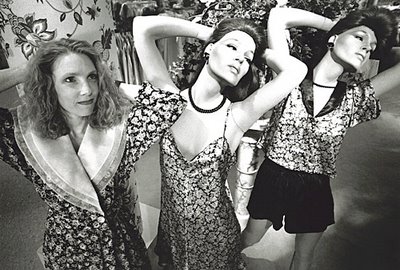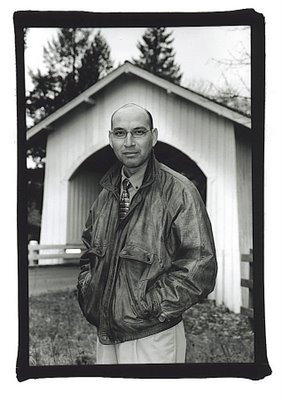Powerpoint: The Rule of Thirds

Whether it's applied consciously, or as I believe in most cases unconsciously or even accidentally, the rule of thirds is the most basic or fundamental compositional technique that photographers can employ to create more energy, interest, or tension in their images. I say this because most photographs, especially newspictures, are conceived in a matter of seconds which doesn't allow the photographer the luxury of planning, reflection, or time--everything is done instinctually and purposefully, without regard to any "rules". Perhaps a definition of this creative device will support my argument.
The rule states that an image(or your viewfinder)can be divided into nine equal parts by two equally-spaced horizontal lines and two equally-spaced vertical lines, with this grid forming four points from the intersections of these lines--commonly referred to as the powerpoints--which in turn can be used as targets to align features in the photograph. Moreover, the rule of thirds can be adapted by positioning subjects either parallel or perpendicular to the guiding lines--sighting the horizon with the top or bottom lines for example, or allowing linear or spatial features to flow from section to section across the image with respect to the vertical lines. In any event, most people would agree this technique offers much more impact than simply centering a subject.
Moments are fleeting and often there's only time to react and capture something that feels and looks "right". So whether it's in theory or in practice, a conscious decision or an unconscious one, the rule of thirds, its nine section grid, and the power of the four powerpoints should always be in the forefront of your photographic imagination.


0 Comments:
Post a Comment
<< Home